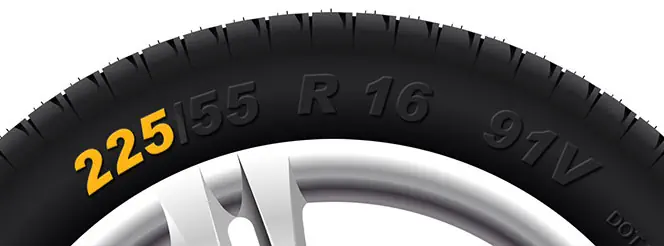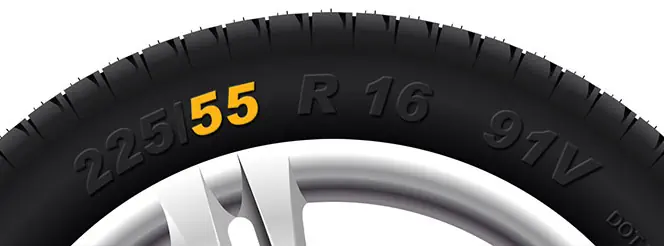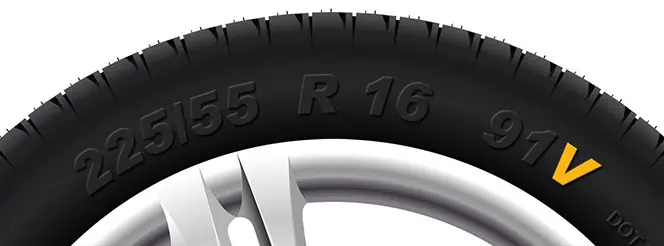The Rise of Electric Supercars
Jessica Bird | Tuesday 8th April 2025 11:42am
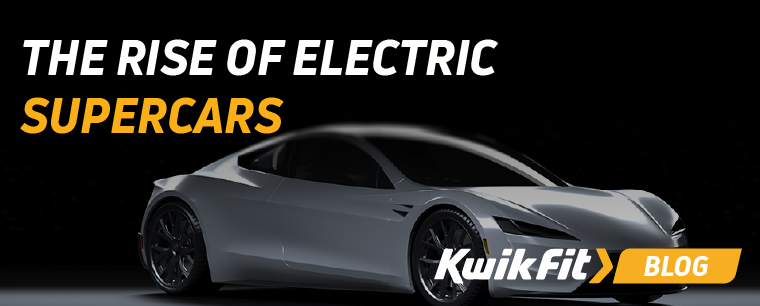
Over the past 5-10 years, rising awareness of climate change, alongside numerous government regulations, has prompted a shift from ICE (internal combustion engine) vehicles to electric vehicles — a shift so dramatic that it nearly upended the whole automotive world.
More and more infrastructure is being built to better service EVs, facilitate faster and more convenient charging on the go, and to make electric cars more accessible.
Primarily, this huge shift comes in the form of domestic vehicles – those used for commuting to work or daily driving – rather than industrial vehicles. So, the expected transition would be towards EVs built with the express purpose of getting to work or shuttling the kids around. But, rather than an upsurge in cars that look like clean-emissions lunchboxes or Wall-E scooters, we’ve seen an interesting rise in EV supercars.
In this blog, we’ll explore this emergent trend and look at some of the most influential EV supercar models on the market today.
What is a supercar?
It’d be best to begin with a brief explanation of what we mean by ‘supercar’.
A “supercar” was traditionally used to describe cars with massive, roaring V8s, V10s, or V12 engines from brands like Ferrari, Lamborghini, and Maserati. We're talking luxury cars whose main purpose is to go as fast as possible (regardless of the UK legal speed limit being a third of their comfortable max speed) while being comfortable to drive.
In short, since the dawn of driving, high performance vehicles have been among the ultimate status symbols (it’s no accident they’re often so garishly coloured).
So, how do EVs fit into this?
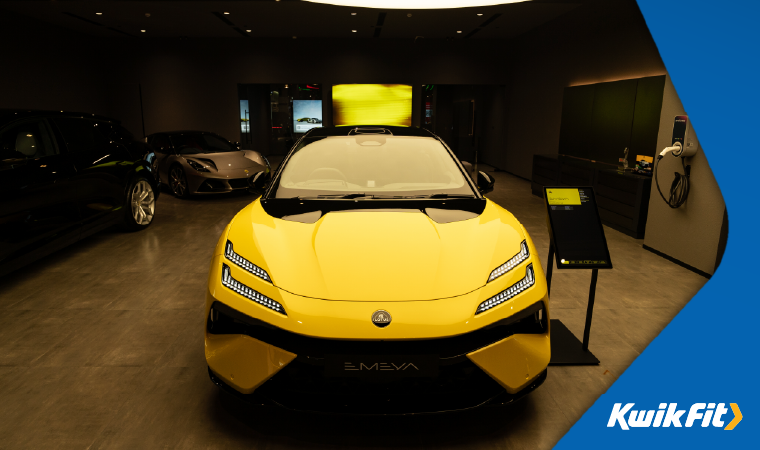
How can EVs be supercars?
When referring to the earliest EVs, it’d be hard to argue that many of them were even good cars, let alone super cars. They had extremely limited range, stunted speed, and the lack of charging infrastructure meant that the realistic use-cases for them were suburban commutes of less than 30 minutes. Should you run out of charge on that commute, you’d also have to wait hours (often upwards of 10 hours) for enough charge to get back home.
Modern EVs, on the other hand, have a range of between 260-350 miles on a single charge, can fast-charge the bulk of their capacity in a matter of minutes, and can get quickly up to national speed limits when you need them to. To put that into context, you could get from Dover to Leeds on a single charge when driving sloppily or from Dover to Newcastle when driving carefully. Now, the only real difference with EVs is that their engines don’t roar – which is a major point of contention for many drivers, but a distinct positive for many people who aren’t the drivers of roaring vehicles.
But, again, why is it that EV supercars have taken over the market?
Necessity is the mother of the market
As with any emerging technology, the huge amount of research and development that goes into making it technically feasible also comes with a huge cost. The fact of the matter is that the original EVs aimed at commuting and daily family driving were, due to the limitations of the technology, not very spacious, not very convenient for commuting, and markedly more expensive than ICE alternatives at the time – sometimes even twice the price.
So, rather than trying to get families to squeeze their bank accounts in favour of environmental concerns, the main innovation of companies like Tesla was to market performance cars to people who could already afford them. This means the high cost for the raw materials (such as lithium for the batteries) can be absorbed by a price that reflects “luxury”.
After making the technology actually work, the biggest barrier to an automotive company becoming successful is how much they can scale production. Domestic vehicles are usually relatively affordably priced and therefore require much larger production capabilities, whereas supercars will inherently be a smaller market that, if you can sell the cars, can bring in as much money for a smaller production.
What’s more, having to compete with other supercars means the tech has to advance at a much faster pace, so things like the ability to charge without waiting two hours in a service station or being able to go a week of short commutes without being charged were forced to be developed in order to maintain a competitive edge.
Let's talk Tesla...
Ask anyone to name an electric super car and they’ll almost definitely answer with “Tesla”. But, are Teslas really supercars though? This last point is more up for debate, but an argument could be made that Tesla has essentially duped a target market into thinking that their cars are supercars, when really they’re more like very fancy family cars.
Comparing the cost of a Tesla model S to, for example, a Ferrari Roma, the Tesla is in some cases nearly half the price of the Ferrari. Perhaps that’s simply due to the brand power of Ferrari, but perhaps it’s also still genuinely more of a ‘status symbol’ – insofar as the owner of a Ferrari Roma also probably owns other supercars (including a Tesla, we’d be willing to bet).
A Tesla is also undeniably more usable than a Ferrari or a Maserati as an everyday car for domestic purposes. An argument could be made, then, that Teslas are more like high-end everyday cars aimed at a burgeoning professional class rather than supercars as we know them — but the distinction is essentially meaningless if the car feels like a luxury car to its driver.
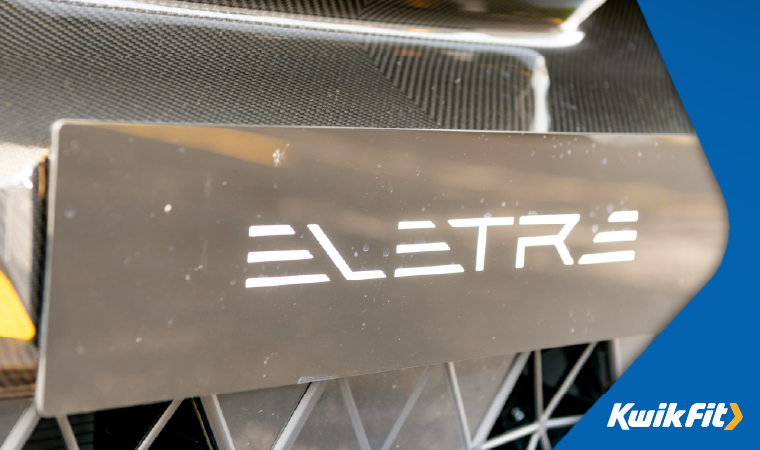
What’s a certainty is that EVs are here to stay, and everyone benefits when they’re more convenient, better designed, and affordable. Tesla may have been the company to kick-start the EV revolution, but we’re now seeing a huge surge in viable alternatives.
Other EV supercars
When it comes to EV supercars, while Tesla’s price point and the quality of their charging network remain a compelling draw for drivers looking for high performance EVs, they’re not the only option.
The Porsche Taycan packs a huge range into a quintessentially beautiful Porsche body and has a sports a charge rate that can see you charged to 80% within 18 minutes — just enough time for a quick coffee break. Its colours are also far more stylish than the relatively neutral options you’re given with Teslas.
For a more high-performance SUV drive, the Polestar 3 or KIA EV9 each offer decent range with ample interior room, at a price that’s quite competitive with Tesla’s lower-tier offerings. The extra interior room, however, comes at the cost of slower charging (requiring you to be a bit more conscious of your remaining range).
Need your EV serviced?
Whether you own an electric supercar or a regular hybrid runaround, if you need an EV serviced, the experts at your local Kwik Fit centre can help keep your car comfortably on the road. Find your local centre here and, for more EV advice and tips, keep up with the Kwik Fit blog.
Any facts, figures and prices shown in our blog articles are correct at time of publication.
Featured Articles
Is it Illegal to Drive With One Headlight?
Saturday 19th July 2025
Wondering if it’s illegal to drive with one headlight? Learn about the safety risks and penalties of illegal blown bulbs and why you should fix them promptly.
Air Con in EVs & Hybrids: Experts Answer Your Questions
Monday 30th June 2025
Does air con drain EV batteries? Can you use the air con while charging an electric car? Find out the answers to these questions & more from Kwik Fit’s experts.
Why Is Your Car Making a Noise? Fixes & Tips
Friday 13th June 2025
When your car starts making unexpected noises, it can certainly be quite disconcerting; it may be nothing to worry about, but here’s what you need to know.





